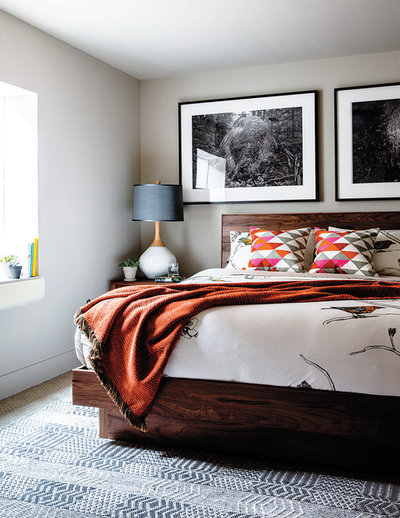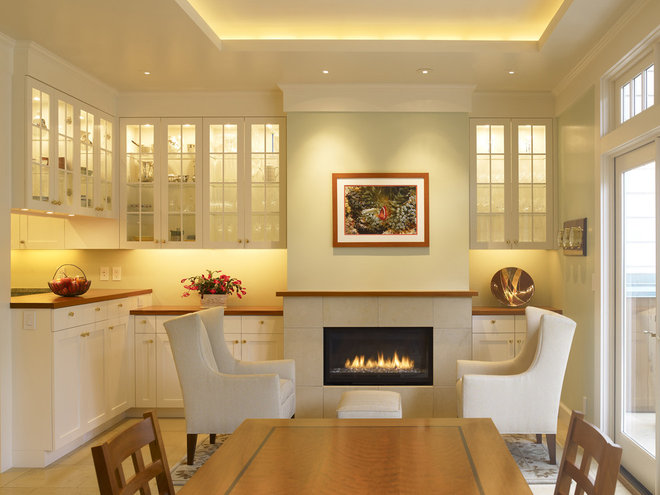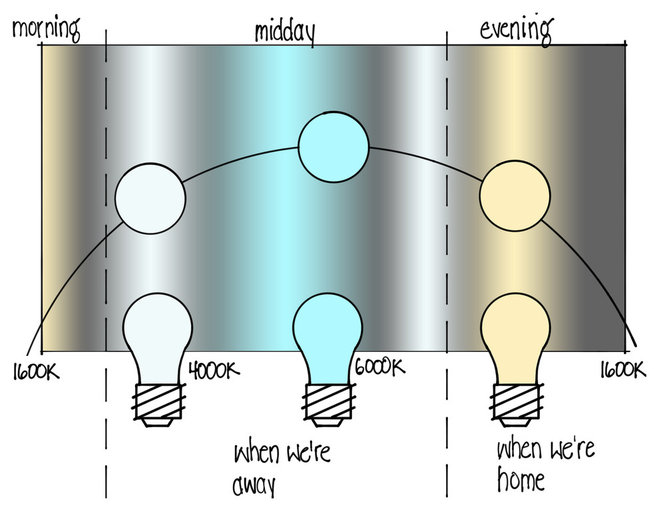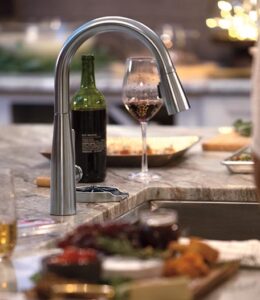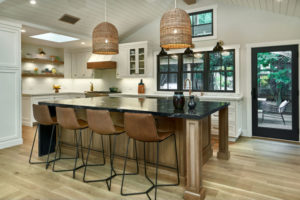Should you get warm or cool bulbs? To find out, answer these 5 simple questions about how you live and work at home
Buying LED lightbulbs can seem like a daunting task when you are confronted with so many options. Whether you need cool, warm or neutral temperature LEDs depends on how and when you use your home, as well as your home’s interior style and materials.
Answering the five questions below will make choosing your next LED bulbs easier. But first, you’ll want to know the answer to this one: What is color temperature? We’ll explain.
2
What Is Color Temperature?
Color temperature, a fancy term for how warm (amber) or cool (blue) a light is, is easiest to explain in terms of how sunlight works.
The sun changes color, measured in degrees Kelvin, over the course of the day. Midday readings might be 6000K, or very blue-ish white, while temperatures dip below 3000K near sunset with a very “warm” amber light.
Generally, warm light is anything 3000K or lower, while cool light is 4000K or above. 3500K, a middle ground often called neutral, can look either cool or warm depending on furnishings and other nearby lights.
5
5. Do you dim? The classic incandescent bulb was easy to dim and create a warmer amber hue when you did. The first LEDs to hit the market did not dim, which was one reason some people didn’t like them. Manufacturers now make “warm dim” LEDs that go as low as 1600K when dimmed, giving off a more traditional incandescent glow.
The Best of Both Worlds
Ideally, our light would change over the course of the day, just like the sun does. We can re-create that pattern with some new LED light fixtures called “tunable white.” These new products allow us to have daylight-cool white in the middle of the day that matches natural light, giving us the most energetic and active atmosphere when we need it. As the sun sets, tunable white bulbs shift warmer toward traditional incandescent, making it easier for us to relax and sleep.




